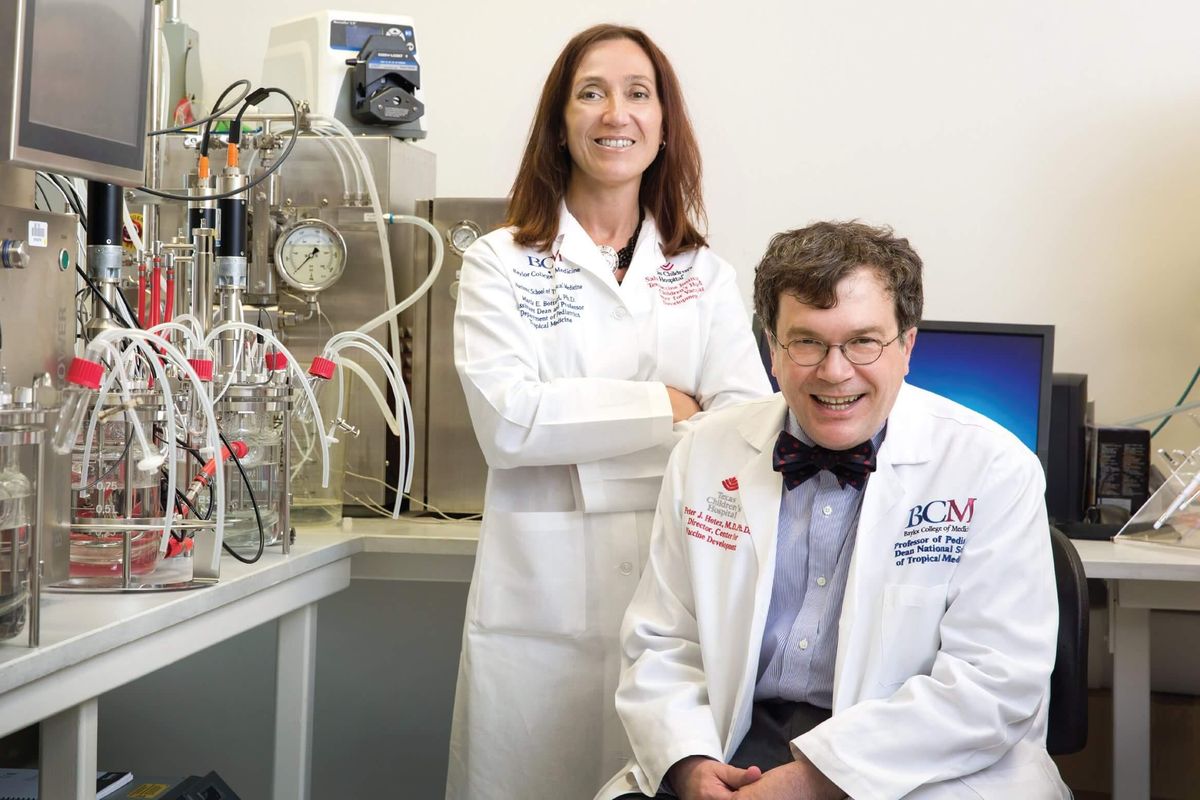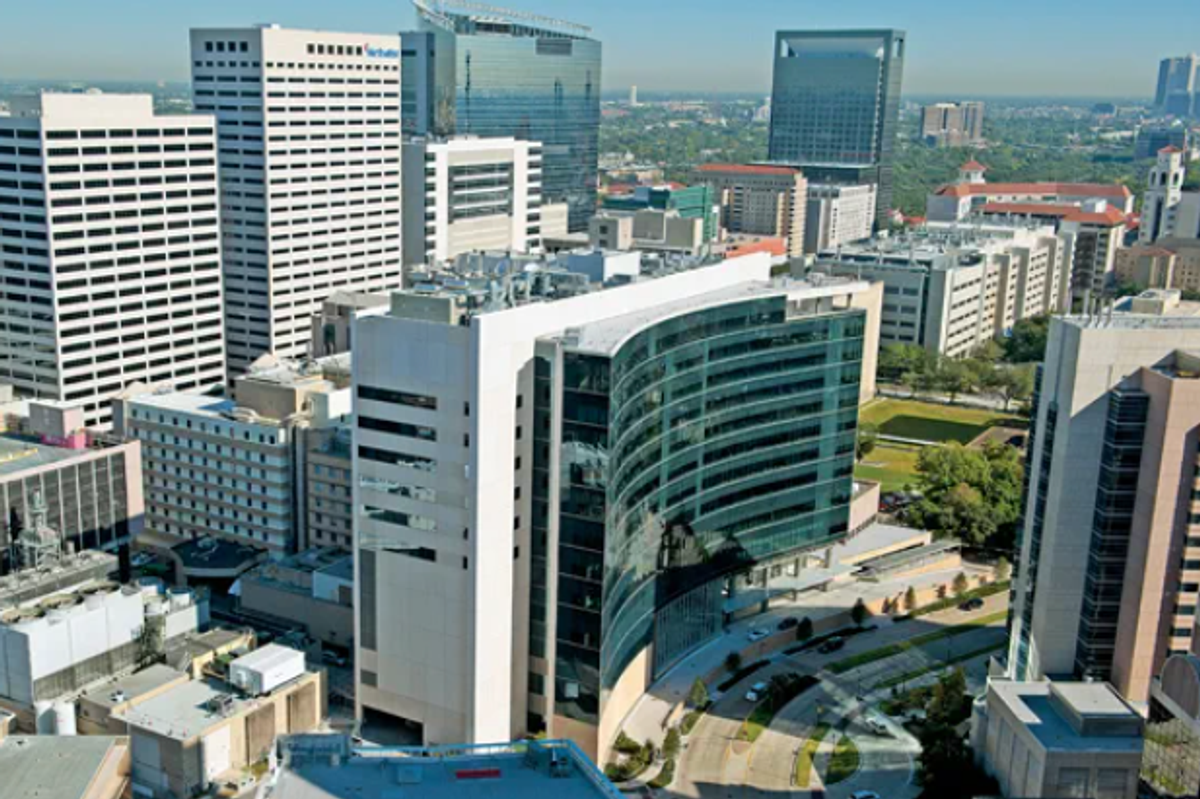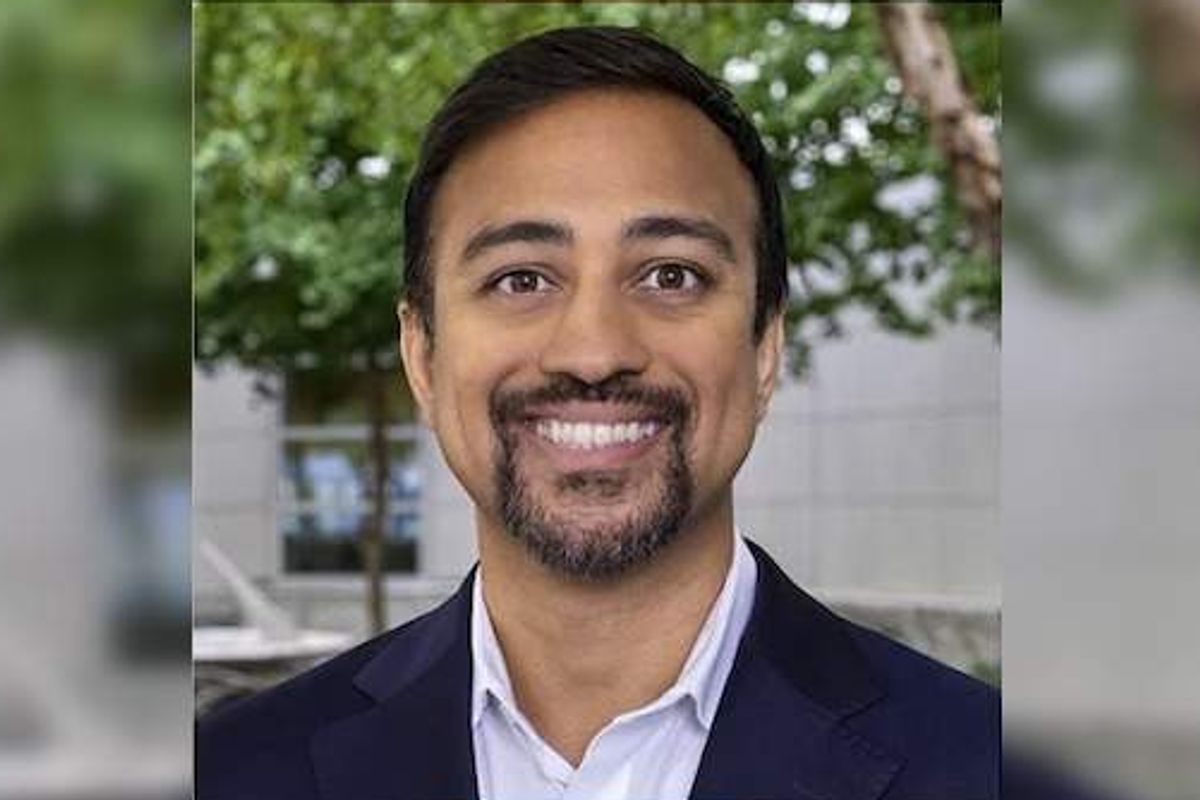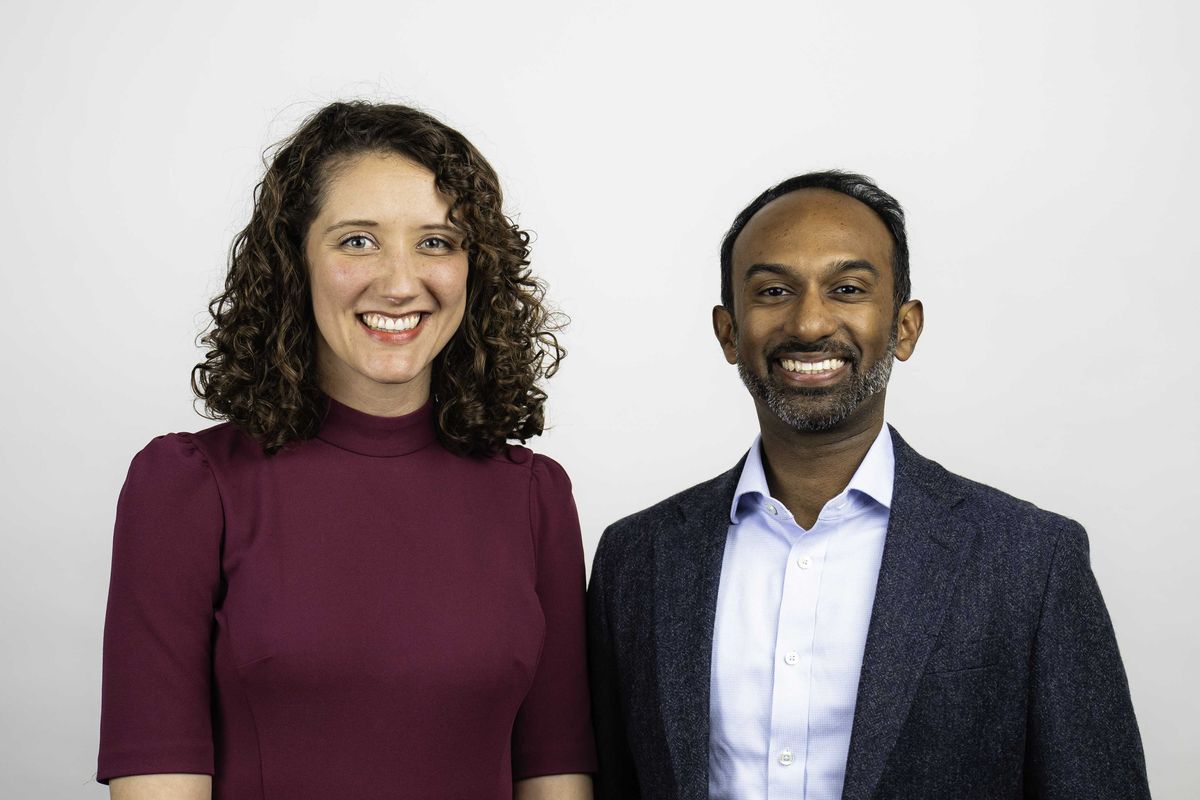Houston innovator backed by NIH grant tackles congenital heart disease in pediatric patients
good idea
In 1969, Dr. Denton A. Cooley implanted the first total artificial heart in a living patient. Most Houstonians know Cooley’s name, but fewer can name his colleague, Dr. Domingo Liotta, who created the device. Liotta died last year at the age of 97, but his work continues at the Texas Heart Institute.
Meet Yaxin Wang, PhD. The research engineer leads the IDEA Lab at THI. IDEA stands for Innovative Device & Engineering Applications, an apt description of what Wang and her colleagues do. She’s currently focused intensely on projects that could radically change transplantation for patients in need of an artificial heart or new, healthy lungs.
Specifically, Wang is helping to develop a pediatric left ventricular assist device (NeoVAD) to mechanically pump that part of the heart in infants and small children born with heart defects.
“There aren’t a lot of options for very small kids,” explains Wang. “That’s why we’re working on an implantable LVAD for very young kids.”
In fact, as many as 14,000 children with congenital heart disease are hospitalized each year waiting for a new heart, but only around 500 pediatric transplants actually take place.
Essentially, once patients reach their teens, their chest cavities are large enough for an adult donor heart. But smaller children means smaller rib cages and fewer available hearts. For children born with heart disease, Wang’s LVAD could be a lifesaver. Because she has crafted minimally invasive devices that were developed for long-term use, patients could live far longer than before.
The project, funded by a $2.8 million NIH grant, has a big name attached. Dr. O.H. Frazier is a THI legend who claims to have performed 900 LVAD implantations, not to mention some 1,200 heart transplants. In April, the team published their initial findings regarding the success of and improvements in making rotary LVADs over the last half-century.
A different team, also led by Frazier and Wang, received a pair of grants this summer. That includes $2.8 million from the NIH and a total of $7.8 million from a DoD focused program and a THI sub-award. Their work will center on a novel centrifugal left-ventricular assist device intended for end-stage heart failure patients, a potentially safer alternative to a heart transplant.
But Wang isn’t solely focused on the heart. Working with Dr. Gabriel Loor, a cardiothoracic surgeon at Baylor College of Medicine, Wang is also responsible for a method of preserving the lungs for a longer stretch of time, which would allow for further transport, and in the more distant future, potential genetic modification before transplantation. Using animal models for the moment, “they can survive for several hours without any issues,” says Wang.
The pioneering researcher is well on her way to making a name for herself at the Texas Heart Institute and beyond. And soon, she’ll be saving countless lives.
- Houston health care leader drives innovation, preventive cardiovascular care ›
- Massive $32M gift from former patient, new UH deal pump big changes into Houston organization ›
- NIH pumps $1.14M into Houston health care institute to develop life-saving cardiatric drug ›
- Innovative Houston lab works with 'ghost hearts' to study impact of regenerative medicine ›
- 4 Houston innovators named to National Academy of Inventors - InnovationMap ›




















